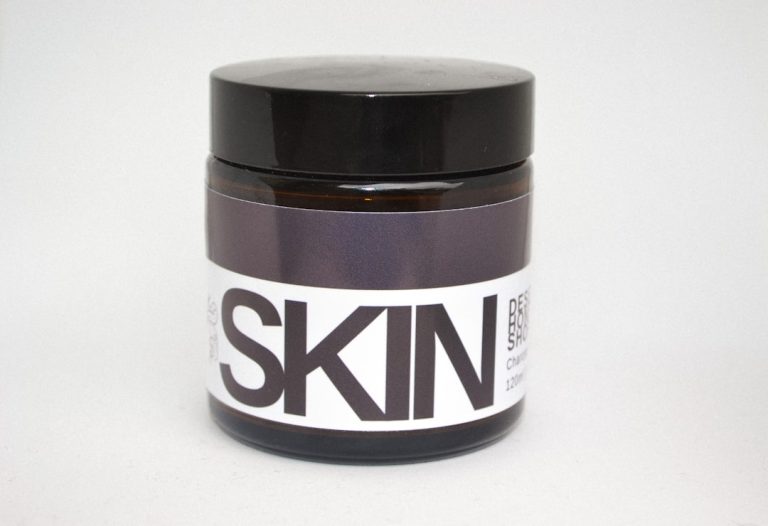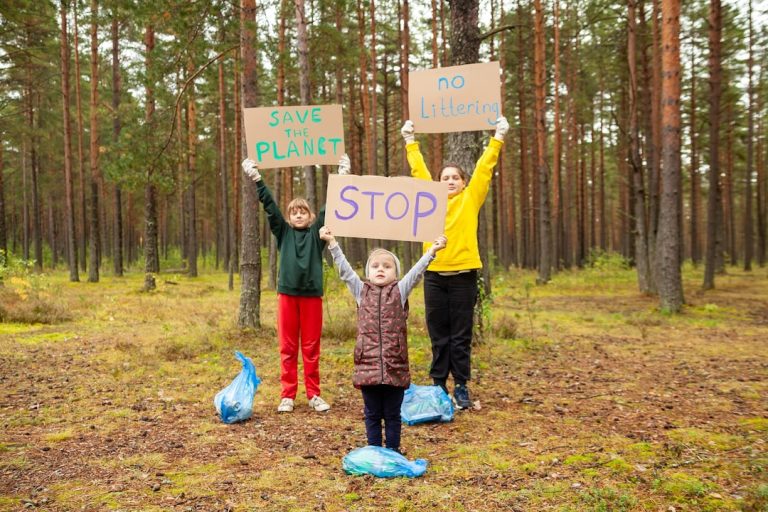How I Found the Best Eco-friendly Backpacks for Travel and Daily Use.
How I Found the Best Eco-friendly Backpacks for Travel and Daily Use
My relationship with backpacks has always been a practical one. For years, I simply grabbed whatever was durable and fit my budget, be it for a weekend hike, a cross-country adventure, or just hauling my laptop to the office. But as my awareness of environmental impact grew, so did a nagging question: what about the backpack itself? This wasn’t just about reducing plastic waste in my daily life; it was about every item I owned, especially those I used constantly. That’s when my quest began – a deep dive into finding eco-friendly backpacks that could genuinely stand up to the rigors of both travel and everyday living, without compromising my values. It wasn’t a straightforward search, but the journey taught me invaluable lessons about sustainable consumption and truly excellent gear.
My Initial Quest: Defining ‘Eco-Friendly’ for My Backpack Needs
The first hurdle was perhaps the biggest: what does “eco-friendly” even mean when it comes to a backpack? The term felt broad, often misused, and frankly, a bit overwhelming. I quickly realized that simply looking for a “green” label wasn’t enough. My definition needed to be multi-faceted, encompassing everything from the raw materials to the manufacturing process, and even the end-of-life potential of the product.
Beyond the Buzzwords: What I Prioritized
- Sustainable Materials: This was ground zero. I started researching alternatives to virgin plastics and conventional cotton. My list included recycled PET (from plastic bottles), organic cotton, hemp, and innovative plant-based leathers. I wasn’t just looking for any recycled material, but those processed with minimal chemicals and water.
- Ethical Manufacturing: A product isn’t truly eco-friendly if its creation exploits people. I looked for brands committed to fair labor practices, safe working conditions, and transparent supply chains. This often meant seeking out certifications.
- Durability and Longevity: The most sustainable backpack, I reasoned, is one that lasts. A bag made from recycled materials but falling apart after a year isn’t eco-friendly at all. I needed robust construction, quality zippers, and strong stitching that could withstand years of abuse, whether tossed into an overhead bin or crammed under a desk.
- PFC-Free Water Repellency: Many backpacks use per- and polyfluoroalkyl substances (PFCs) for water resistance. These “forever chemicals” are harmful to the environment and human health. Finding PFC-free alternatives became a non-negotiable criterion.
- Versatility: Since I needed a backpack for both travel and daily use, versatility was key. Could it compress for a day trip but expand for a week-long journey? Did it have smart organization for a laptop and books, but also space for hiking gear?
The Deep Dive: Unearthing the Key Materials and Certifications That Mattered
Once I had my criteria, the real research began. This involved countless hours of scouring brand websites, reading independent reviews, and diving into the specifics of textile production. It was like peeling back layers of an onion, each revealing more about what truly makes a product sustainable.
Navigating the World of Eco-Materials
I quickly learned that not all “eco-materials” are created equal. For instance, while recycled PET plastic is a fantastic way to repurpose waste, I also looked into how much energy and water were used in its recycling process. Hemp emerged as a particularly exciting find – incredibly durable, naturally antimicrobial, and requiring far less water and pesticides than conventional cotton. Organic cotton, certified by standards like the Global Organic Textile Standard (GOTS), became another benchmark, ensuring no harmful chemicals were used in its cultivation or processing.
The Power of Certifications: My Trusty Guideposts
In a market rife with greenwashing, certifications became my trusted allies. They offered third-party verification that a brand was genuinely committed to its environmental and social claims. Here are a few that repeatedly stood out in my research:
- bluesign® standard: This one was a game-changer. The bluesign® standard ensures sustainable textile production, eliminating harmful substances from the very beginning of the manufacturing process and setting stringent standards for environmental and worker safety. Seeing this on a product tag instantly boosted my confidence.
- Fair Wear Foundation (FWF) or Fair Trade Certified: These certifications directly address ethical labor practices. Knowing that the people who made my backpack were paid fairly and worked in safe conditions was crucial for my definition of “eco-friendly.” I often cross-referenced brands with the Fair Wear Foundation database.
- GRS (Global Recycled Standard): This verifies the content of recycled materials (e.g., Recycled PET plastic) and ensures responsible social, environmental, and chemical practices in production.
Separating the Wheat from the Chaff: My Strategy for Spotting Truly Sustainable Brands
With my criteria and knowledge of materials and certifications firmly in place, I began to apply a more rigorous filter to the brands I encountered. This wasn’t just about reading product descriptions; it was about digging into a company’s ethos, transparency, and overall commitment to sustainability.

Looking Beyond the Product Page
I developed a methodical approach:
- Scrutinize “About Us” Pages: I looked for detailed information about their supply chain, factory partners, and environmental policies. Vague statements about “caring for the planet” were red flags; specific commitments and measurable goals were green lights.
- Check for Impact Reports: Many truly sustainable brands publish annual impact reports, detailing their progress, challenges, and future goals regarding environmental and social responsibility. These reports provided a level of transparency that generic marketing never could.
- Read Independent Reviews and Articles: I sought out reviews from reputable outdoor gear sites, sustainability blogs, and ethical consumer guides. They often provided insights into real-world durability and a brand’s actual practices that I couldn’t get from their own website.
- Engage with Customer Service: Sometimes, the best way to get answers was to ask directly. I’d inquire about specific material sourcing, factory locations, or repair policies. The responsiveness and honesty of their answers often spoke volumes.






